Q&A Sustainable Materials with Josh Bunn
At Design Insider we take great pleasure in being able to introduce our readers to the world leading designers behind the products we regularly showcase and how they address sustainability within their design and material specification. We recently met with Josh Bunn, the latest member of the design team at Brighton based design consultancy Jones & Partners. We hope that you enjoy learning more about Josh and his sustainable approach.
Please can you introduce Jones & Partners?
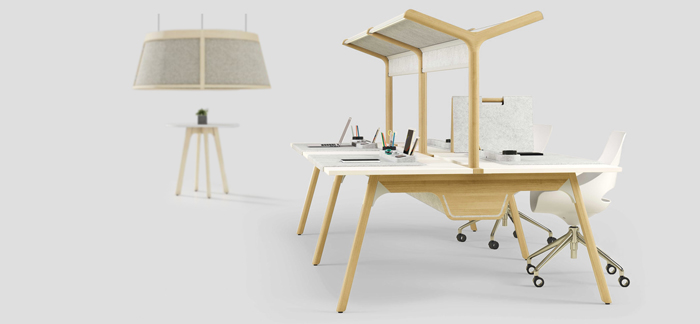
Thinking Quietly for Thinking Works
Jones & Partners are an award-winning product and industrial design company specialising in furniture, lighting, and battery technology. We are a consultancy first. We listen to our client’s needs and translate them into user experiences to be tested against commercial expectations and goals. As a company, we perform end-to-end design from analysis and prototyping to testing and ultimately launch. The awards and success the studio has received thus far provide us with the necessary confidence to continue, while adapting in the face of unforeseen challenges.
Please can you introduce yourself and your role at Jones & Partners?

My name is Josh Bunn, and I am a newly appointed Junior Product Designer at Jones & Partners. I have a background in Product Design and have recently undertaken a Master’s Degree in Sustainable Design from the University of Brighton. I have only been with the company for a month. However, it’s been encouraging to see the intent to move forward with sustainability and creativity at the core in that short period. I will be working alongside the team to produce meaningful products that will last. One way we intend to action this is by integrating sustainability and sustainable design into our daily practices.
What is meant by the term sustainable materials?
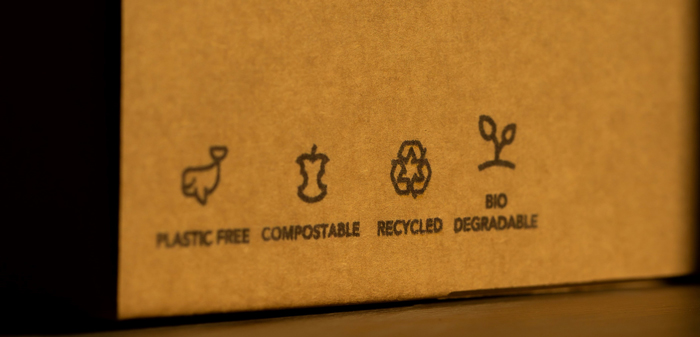
Sustainability and sustainable materials are hot topics (for a good reason). These terms, however, are notoriously difficult to define. It’s easy to Google ‘Sustainability’, and find ‘the ability to sustain’. Therefore, ‘Sustainable Materials’ are the understanding and application of appropriate material. Should we not strive for more? The most common approach within sustainable materials involves understanding the potential impact on the environment—this should involve the whole lifecycle (cradle to cradle). It’s one thing to question which material has the necessary properties. It’s another to ask if it’s the best material for the purpose. Seemingly, soon the only viable suggestion regarding material selection will be materials that have been appropriately considered with sustainability in mind.
What is the difference between Sustainable Materials and Sustainable Design?

Sustainability – Social, Environmental & Economic
Crucially, Sustainable Materials and Sustainable Design are not synonyms. Sustainable Design as a field is vast, as is sustainability. Sustainability is often split into three categories: environmental, social and economic (people, planet and profit). Therefore, Sustainable Design is the consideration and implementation of these elements when designing. Unfortunately, there has been a growing belief that Sustainability seldom relates to material usage. Material selection isn’t the only determining factor when designing. It involves understanding users, understanding the ‘environment’ surrounding the product, and finally, the potential impact.
Can you tell me about the marketing of sustainable materials?
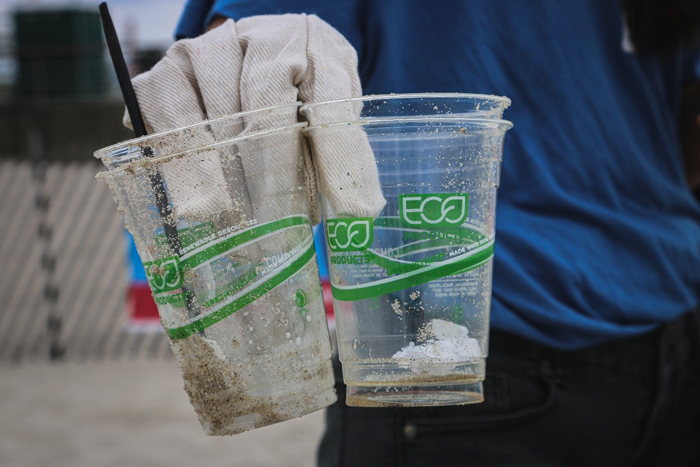
There has been a recognisable shift in how ‘sustainable’ products are being marketed and sold. The same approach was taken and is still used for ‘eco’ products. Essentially, ‘eco’ is meaningless, with the same being true for ‘sustainable’ products. Sustainability is inherently multifaceted, which raises the question of what a sustainable product is? Often it means they put thought into material selection. If that’s the case, has the product been appropriatelyconsidered? Seemingly, we require a new term to replace ‘sustainable’ with regards to products. Instead, we need a word that adequately describes what sustainable elements are being expressed by the product.
How do you ensure that a new material will meet the standards/performance you need from it?
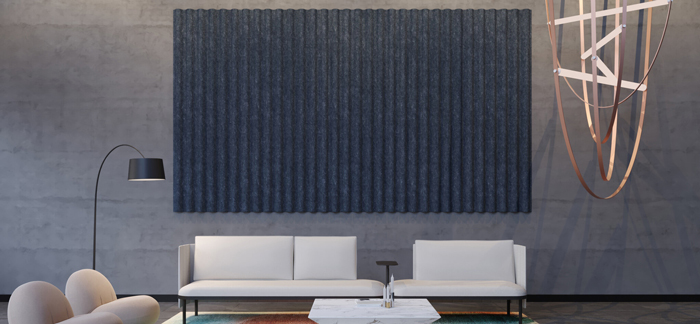
Swell for The Collective Agency
There is no straightforward answer; there is such a variety of materials emerging so frequently that it’s difficult to say. Testing and prototyping are going to be crucial. The issue with standards/ performance within new materials is the lack of knowledge surrounding reconfigured materials. We are starting to get a clearer picture of how plastics react, but here lies the land of uncertainty. Understanding the processes needed to produce these ‘new’ materials from a sustainability perspective is essential. Unfortunately, a growing proportion of ‘new’ and ‘sustainable’ materials claim the titles, but they cannot be called sustainable due to inadequate analysis into the whole life cycle of the material. Removing plastic from the ocean to produce rPET is brilliant, but where is this being carried out? Where are these pellets then being shipped?
What is Jones & Partners sustainability approach?

For over 20 years Jones & Partners have been determined to work out the best, commercially viable outcome for end-users and clients. This is unchanged. However, our approach has evolved with global developments. Times are changing, and design is required to support these changes to ensure longevity. Instead of considering our month-on-month and year-on-year growth as success, our focus has shifted to working with clients aligned with our approach and culture. Our culture is a positive progression towards a more sustainably-minded workflow where we will be more conscious of our potential impact, which will result in more creativity and innovation in the way we design.
How can a design consultancy work with clients so that they align with the designers’ sustainable approach?
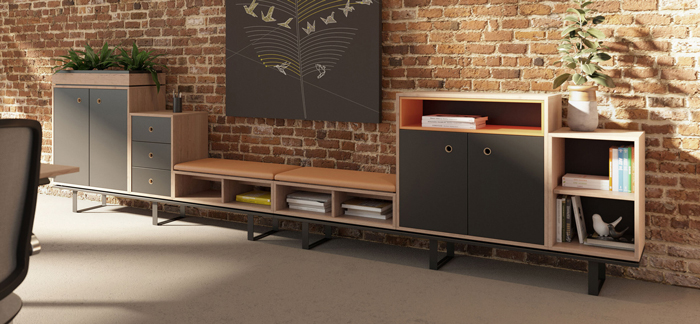
Bridge by Bisley: Seating, stowage, storage, workspace and integrated battery technology in one flexible credenza
As with all design work, it’s essential to create a precise and clear brief at the start of a project. Typically, the brief is where projects gain their trajectory, rigour and supplies grounding. During the early stages of a project, the client must confirm the project’s specifics before any design work is carried out. This should be an opportunity for a design team to ensure they are on the same page regarding sustainability and mindset moving forward. To an extent, the mindset of designers, along with clients, needs to change. Designers are essential in developing a product, but equally, we require a greater systemic understanding of sustainability to make a long-lasting, sustainable change.
What sustainable material developments do you look forward to seeing in the future?
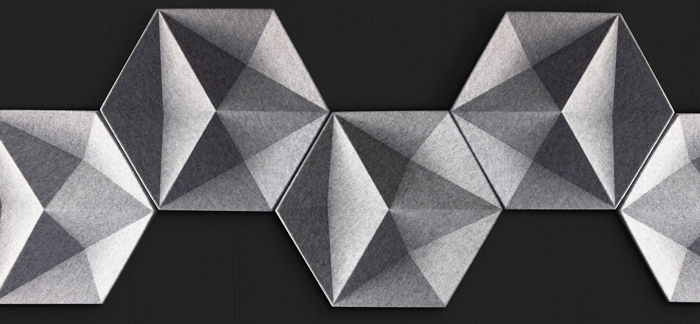
Prism for The Collective Agency
Personally, this is a situation where challenge and adversity have forged an opportunity for creativity and innovation. We as a design community need to encourage and promote ‘intelligent’ design. In terms of sustainability, that crucially takes the form of not only the planet but the people.
I am looking forward to new materials being developed from unexpected avenues when waste and usage is examined from unanticipated perspectives. Equally, there will be an exciting development in how/ when we use materials. In the coming years, the discussions around ‘sustainable’ materials will be ever-changing. Hopefully, many will centre around the continued removal of ‘single-use’ elements within design.
Contact Jones & Partners




